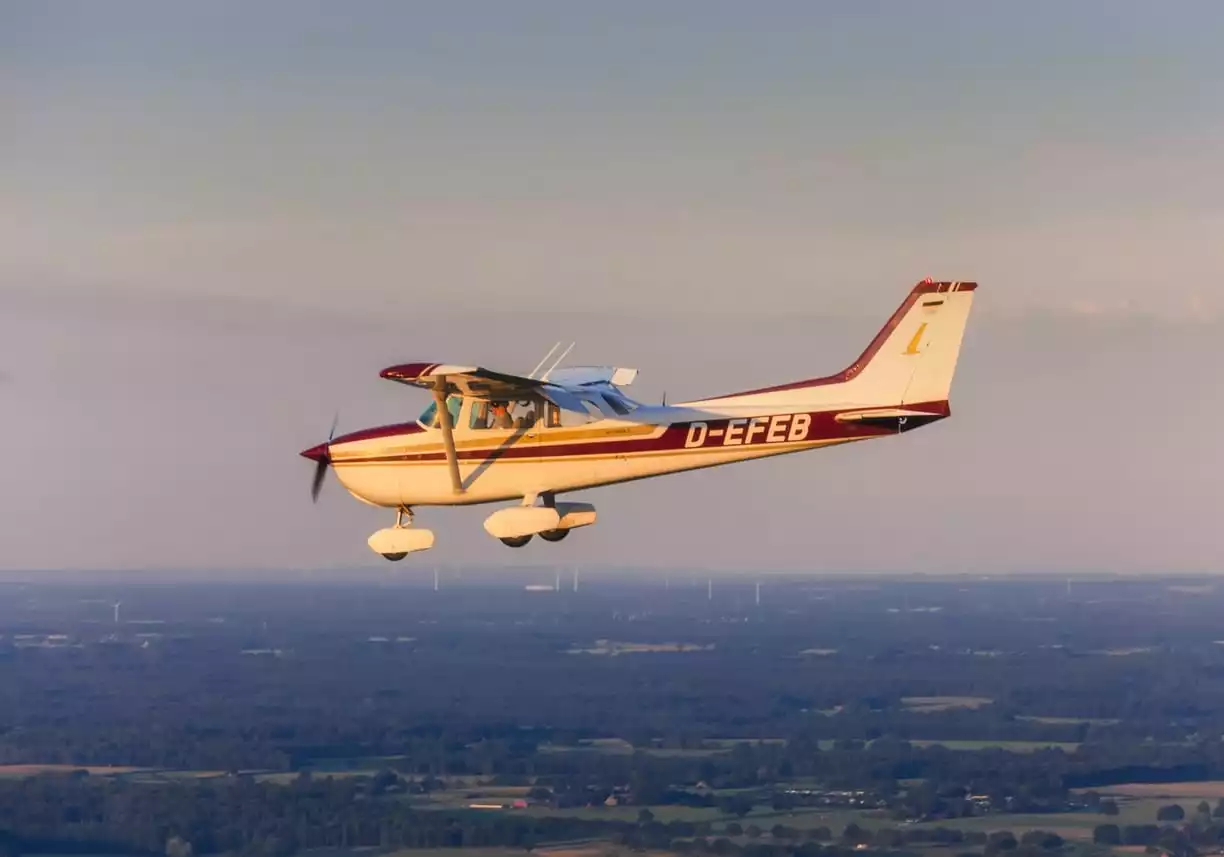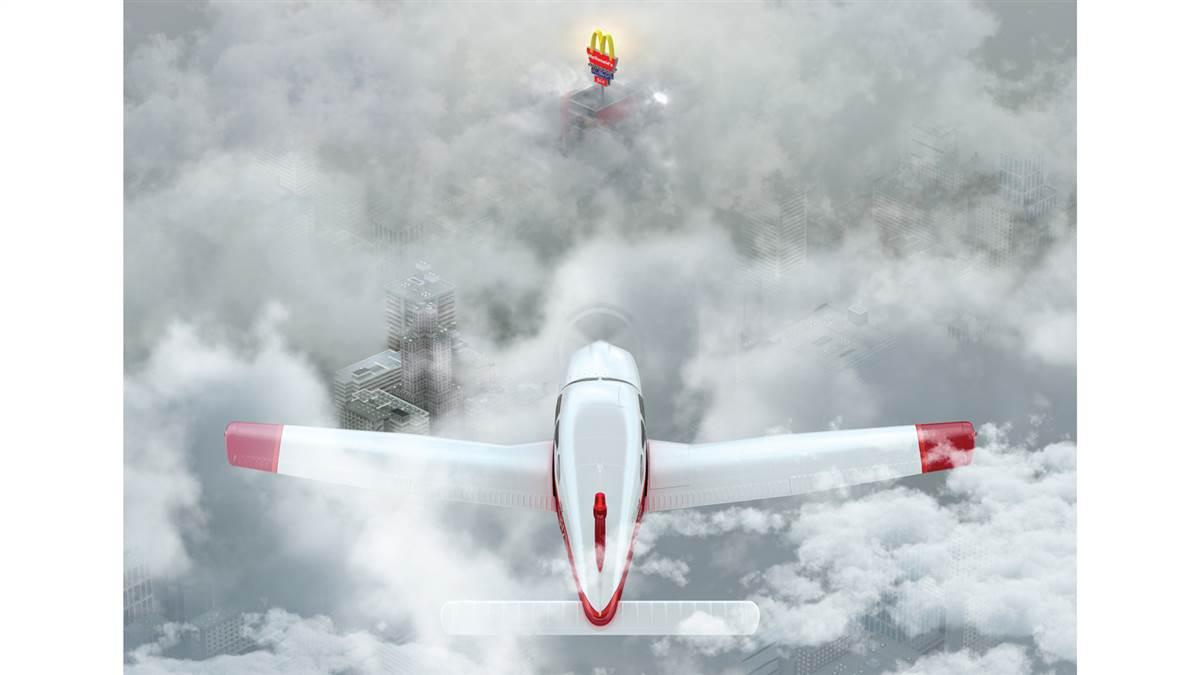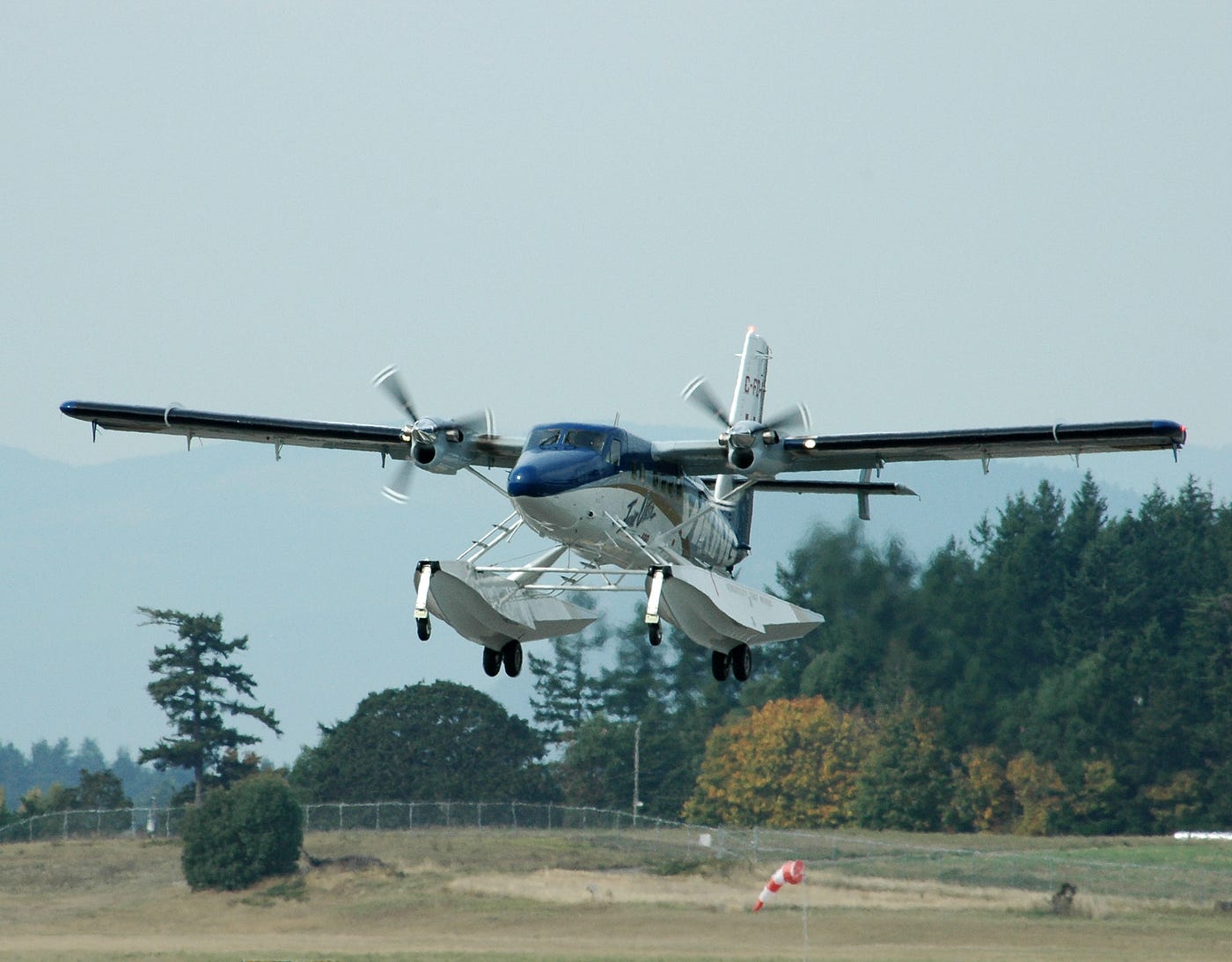Aircraft Right Of Way Rules - 2 Objectives Launch and follow published procedures in accordance with the airport roundabout and avoid conflicts with other aircraft. Make an approach, and landing, with the help of the most suitable runway.
Start - Torque Yaw Left Torque in Plane Direction of Rotation More Downward Pressure on Left Wheel More Drag on Left Wheel
Aircraft Right Of Way Rules
Use the rudder to stay straight to the waypoints at the end of the runway If available - Use the center of the runway X
Aviation Laws And Regulations Report 2022 2023 Usa
Takeoff - Crosswind An airplane tends to go against the wind. A crosswind from the right can break your swing. Keep right at landmarks
The plane is parked and the wind is blowing at 55 knots to take off into a tailwind requires a ground speed equal to the wind speed just to stop the airflow over the wing. You will get air 5kt tailwind = 30% increase in starting distance
Short run on ground Long run on ground Steeper climb angle Pitch climb angle Increased obstacle clearance Reduced obstacle clearance Takeoff and windage to improve performance
Reduces take-off roll and improves climbing performance. Reduced ground travel and climb performance Up to 10 or 1 notch
Uncontrolled Copy Not Subject To Amendment
Accelerate to increase lift speed Short terrain travel Rough surface (grass - long and/or wet, gravel) Reduce throttle to increase speed Longer terrain travel
Assist takeoff by helping the aircraft accelerate faster. Reduce ground roll Upslope: Counter takeoff by resisting the acceleration of the aircraft.
Landing - Upwind whenever possible Land into the wind Low groundspeed Landing distance/short stop Steep angle of approach (obstacle clearance)

Lower landing speed Shorter ground roll Increased drag Steeper approach angle Obstacle clearance Lower nose attitude Better forward visibility 10° to 30° / 1-2 flap notches
Fly To Work On Your Own Personal Electric Plane
Bring it to a stop. Touch & Go DO NOT USE THE BRAKES During takeoff and landing, keep your heels on the ground to avoid applying the toe brakes.
22 Wind Gradient Due to friction caused by the earth's surface and obstacles on the ground, the force of the wind decreases as you get closer to the ground. Stand up straight during a cool wind, and then lie down on the ground; compare the change in wind speed. Due to the loss of the components of the headwind, it affects the flare - possible floatation.
24 Landing - Wind Shear Wind shear can be very dangerous due to the possible loss/gain of airspeed. If strong wind shear is suspected, abort the approach. Consider a higher approach speed and a lower flap setting.
The wind must be 10 knots or more. If found, it can result in a sudden drop in airspeed and/or altitude.
Part 91 Takeoff Risks
Airworthiness Command Aviation Decision Making - Navigate - Communicate ATC Clearances Must be acceptable to pilot in command (YOU if solo) Are you capable? Is the plane capable? Weather? With a reason, if unacceptable, request an alternate authorization. An authorization subject to the safety of the aircraft must be respected.
Knee brace (or similar) for ATIS, Flight & Taco Times, Fuel Endurance (Land By), Clearances, etc. Listen and build a mental image of the circuit traffic. Correct Radio Calls - Use the cheat sheets provided. Circuit direction Windsock - Check before takeoff and landing Follow aircraft already established in the circuit I AM SURE
In a control zone (CTR) Day and night ceiling 1500 ft Visibility 5 km Special VFR (SVFR) Day only Clouds Clear ceiling 600 ft Visibility 1500 m At an airport in uncontrolled airspace Visibility ceiling Day 600 ft 1500 m Night 1500 ft 8km

Takeoff or landing vs. taxi Takeoff or landing aircraft has right of way Taxiing aircraft must stop and give way
Rules Of Thumb Every Pilot Should Know
Landing vs Distance Landing aircraft has the right of way
Circuit vs. Merging An aircraft established in the circuit has the right of way. Joining a plane should be abandoned.
Passing and Cutting Maintain your position in the traffic stream. Don't follow the plane in front or cut yourself off at all.
Intentions in case of malfunction during takeoff run and engine failure after takeoff. Consider the conditions of the day: wind, runway in use, type of terrain before the end of the runway
Advanced Air Mobility: Using A Short Takeoff And Landing Aircraft Design
For Malfunction Before Rotation: Close Throttle Stay Straight, Brake As Needed, Turn Upwind For Engine Failure After Rotation: Nose Down - 60kt/70kt Close Throttle, Carb Heat ON/HOT Select a paddock (track), Double as needed if time permits Problem Checks (FMI), Shutdown Checks (FMIM)"
Smooth movements Carb rich mixture Heat On/Hot Below green range: 2000 RPM Off/Cold When track is safe Temperatures and pressure Normal / Green Fuel management Change tank after start and then every 30 minutes DI and compass Orientation with track
Look and listen Build a mental picture Orientation to the airport: waypoints to track position around the circuit Weather: ATIS and ATC reports Pilot reports Observations: clouds, smoke, etc., ground speed

Good communication, preflight, and practice will minimize disorientation. Vision reference characteristics for lighting are important. Note the landing gear and runway perspective (ready for takeoff). Information processing. Mnemonics and checklists.
New Government Tracking System Paves The Way For Expanded Role Of Drones
Nosewheel straight and on centerline Check compass and DI (error) against runway Select two waypoints at end of runway
Apply FULL heel power to the ground (to avoid unnecessary use of brakes) Steady rudder (twist and wake effect) Protect nose wheel with slight back pressure Check static power Check T&P Normal Check airspeed at alive
Climb Attitude Stay straight on waypoint Check behind for tracking At safe altitude and airspeed (300 ft AGL, 65 knots) Post Takeoff Check Flaps up, T and P Climb Attitude: New Level At 400 ft AGL, LOOK Select a fix below/ahead of wingtip for crosswind at 500 ft. AGL Gyro - Max. AOB 20º For separation - Delayed turn
Verify that the aircraft follows 90° with respect to the runway. Select a downwind reference point below/ahead of the wingtip. Watch out, especially for aircraft entering early downwind. If the distance is correct (threshold at 45°), downwind of 45°.
Stopover Vector Icon. Flat Style Illustration. Eps 10 Vector Stock Vector Image & Art
Expected leveling off at course height/altitude (1000 ft AGL) Can be crosswind, turning or established downwind A P T Reduce power to around 2200 RPM to achieve 90 knots Must stay parallel to runway - spacing of struts/wing tips Forward speed may be high due to Tailwind Watch and Listen for Downwind Calls - Exceed upwind threshold Full pre-landing checks X
B U M F H Brakes Undercarriage Mixture Fuel Hatches and harnesses Pressure - checked; Parking Brake: Off Down & Locked (Welded) RICO On: Full Tank Enough Fuel: For One Pump Go Air: On (if available) Pressure: Hatches/Canopy Checked: Harnesses Locked: Secure
Watch Select a base leg reference point when the threshold appears at 45 Carb Heat - On - 1500 RPM Hold Nose Attitude Level Turn - AOB 30 Velocity in Target Arc VFE C152 85kt / PA38 89kt Flap - 10 /1 Notch Attitude for 70kt 45°X

Check Altitude: Set with Power Check Speed: Set with Attitude Trim C152: Select 20° Flap, Attitude for 70 knots - Trim Lookout: On Short and Long Final Forward, Centerline 600ft AGL Start, On Final - Max. AOB 20 Completion not less than 500 feet AGL Continually evaluate approach
Party In The Pattern
Select a crosshair Keep the crosshair at a constant position on the windshield Perform a stabilized approach
Set to Final: Evaluate Centerline Approach Altitude/Rate of Descent Airspeed Select 30°/Second Flap Attitude Level for C152 60kts/PA38 65kts Adjust Attitude Airspeed Controls
Power Controls Rate of Descent/Angle of Approach Waypoint moves window up: power up Waypoint moves angle down: power down
Final Short Check received wind clearance to land or touch down Check runway clear Secured Landing – Carb Heat OFF/COLD Decision Point: Stable approach and secured landing? Yes = Continue No = Turn around
Flying: Air Traffic Rules
Air Exercise - Landing Crossing the Fence (Assured Landing) Transfer focus from the crosshairs to the runway. float) Level Off – Off – Hold
Fly the nose wheel to the ground Stay straight on the rudder. or brake as necessary to clear the runway After landing checks
A normal landing followed by a normal takeoff, without stopping or braking. It is performed on runways long enough to land, retract the flap, and take off again.

A simple and logical extension of the landing roll Once the nose wheel is on the runway: Raise flaps (initially by instructor) Apply MAX power Check carburetor heat - OFF Reduced weight
Elon Musk And The Dangers Of Censoring Real Time Flight Trackers
Right of way driving rules, right of way driveway rules, sailboat right of way rules, utility right of way rules, property right of way rules, right of way easement rules, 13 right of way rules, sailing rules right of way, right of way rules, boating right of way rules, land right of way rules, boat right of way rules

0 Comments